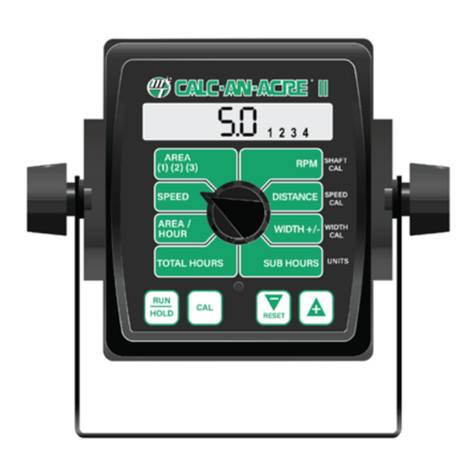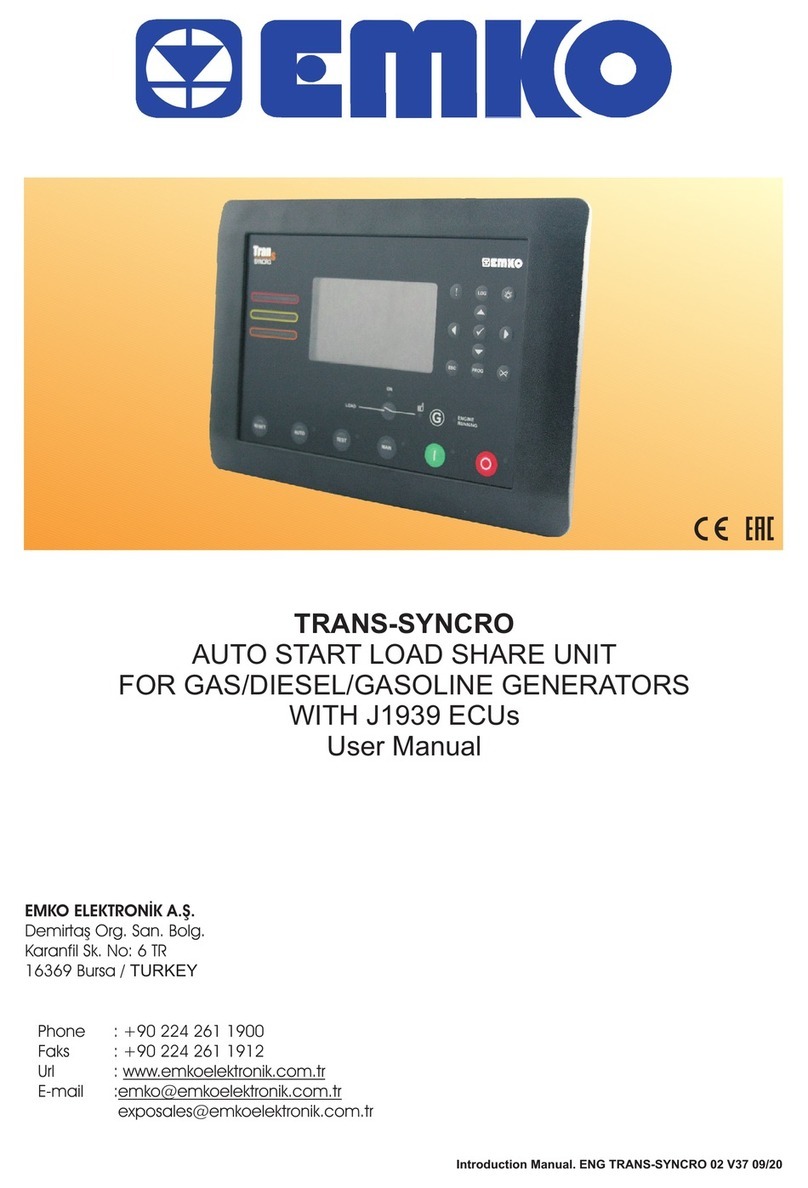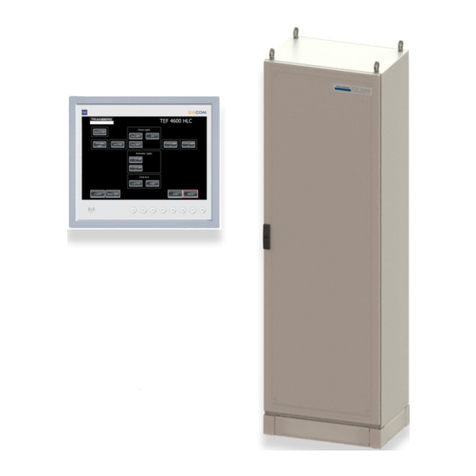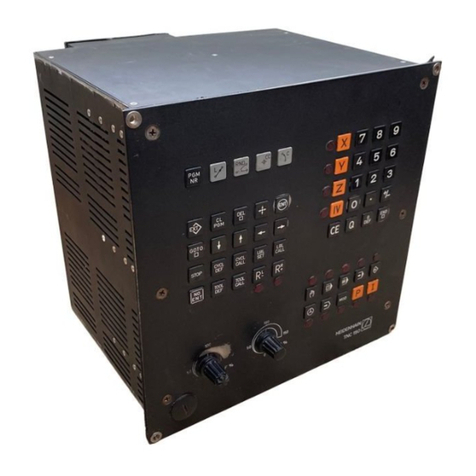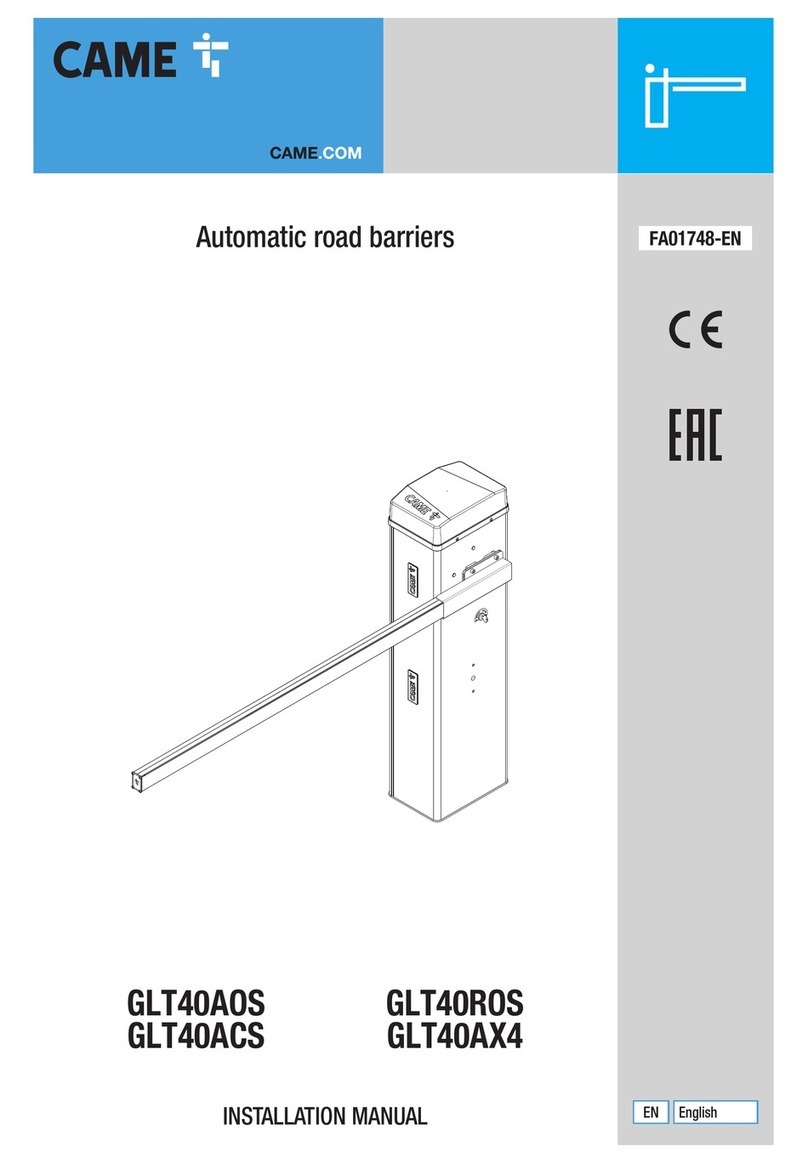Copyright © 2005 –2021 R. STAHL TRANBERG AS. All rights reserved. Page iii of 38
Table of Contents
CHAPTER I. INTRODUCTION....................................................................................... 5
SECTION 1.01 GENERAL INFORMATION........................................................................... 5
CHAPTER II. TECHNICAL OVERVIEW.......................................................................... 6
SECTION 2.01 INTRODUCTION ........................................................................................ 6
SECTION 2.02 SYSTEM OVERVIEW.................................................................................. 6
CHAPTER III. FUNCTIONAL DESCRIPTION.................................................................. 7
SECTION 3.01 INTRODUCTION ........................................................................................ 7
SECTION 3.02 BUTTONS AND LEDS ON PANEL ................................................................ 7
Text and graphics on panel ...............................................................................................8
Button quantity and panel size ..........................................................................................8
Button placement...............................................................................................................8
Button functionality ............................................................................................................8
Button and led status.......................................................................................................10
Button state diagram........................................................................................................10
Button configurations.......................................................................................................11
Spare lamp test................................................................................................................12
CHAPTER IV. MASTER CPU..........................................................................................13
SECTION 4.01 CONNECTIONS........................................................................................13
Inputs...............................................................................................................................13
Outputs ............................................................................................................................13
Power supply ...................................................................................................................13
LED indicator ...................................................................................................................13
SECTION 4.02 VDR GATEWAY.......................................................................................14
SECTION 4.03 SCADA GATEWAY..................................................................................18
CHAPTER V. PANEL.....................................................................................................23
SECTION 5.01 OVERVIEW .............................................................................................23
Hardware .........................................................................................................................23
Buttons and LEDs............................................................................................................24
Settings on the panel.......................................................................................................25
Non-volatile memory........................................................................................................25
Connections.....................................................................................................................26
CHAPTER VI. OUTPUT MODULES................................................................................27
SECTION 6.01 OVERVIEW .............................................................................................27
Common hardware ..........................................................................................................27
Relay output modules......................................................................................................29
Analog output modules....................................................................................................30
Connections and fuses....................................................................................................31
CHAPTER VII. INSTALLATION........................................................................................32
SECTION 7.01 INTRODUCTION .......................................................................................32



